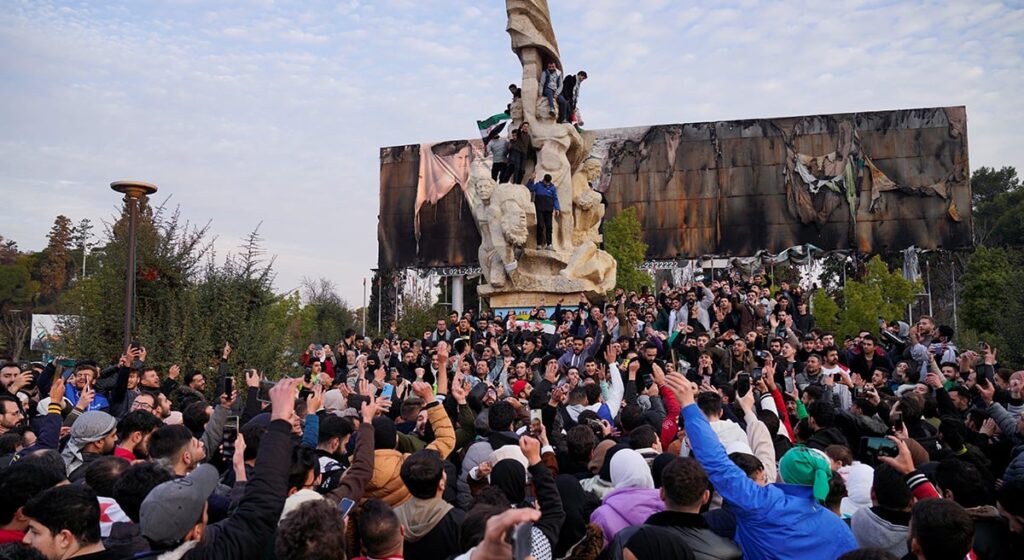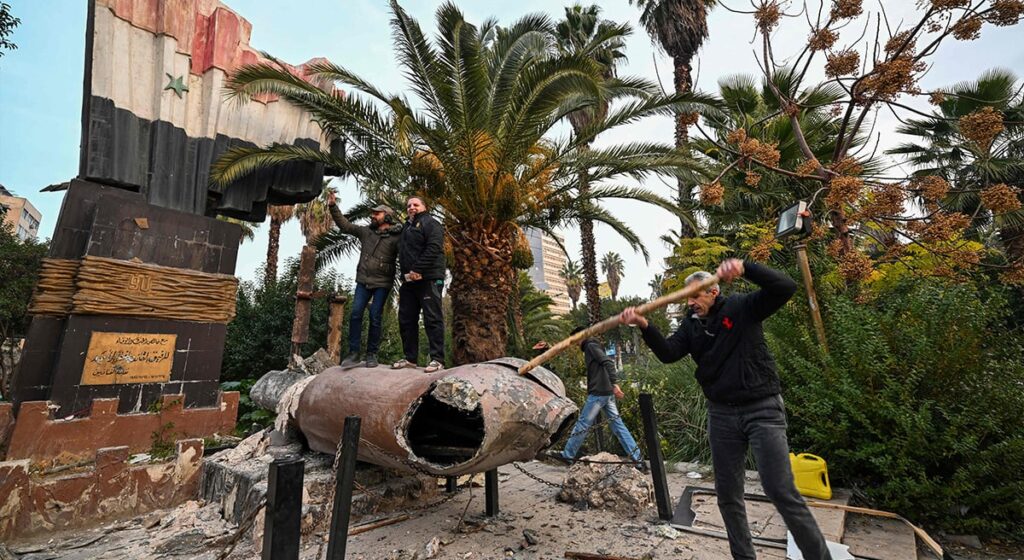As Syria moves forward, the future of the country following President Bashar al-Assad’s eventual departure remains uncertain.

Despite his regime’s resilience throughout the decade-long civil war, Syria is left devastated—its cities in ruins, millions displaced, and a population scarred by years of conflict. The looming question is: what lies ahead for Syria after Assad?

In a post-Assad era, Syria faces significant challenges. The country’s political landscape is fractured, foreign powers have competing interests, and the people, exhausted by years of war, are uncertain about the future.

While there are hopes for a more inclusive government, there are fears of instability, with a potential power vacuum sparking renewed violence or enabling extremist factions to rise.

The influence of foreign powers, especially Russia and Iran, will be pivotal in shaping Syria’s future. Their military and political support has been essential for Assad’s survival, but their long-term roles in Syria remain unclear.

The U.S. and European nations have emphasized that any reconstruction aid will depend on the establishment of a political process that ensures free and fair elections.

At the same time, Syria’s economy and infrastructure lie in ruins, and any future government will face the monumental task of rebuilding the country while addressing the human rights violations and war crimes that have scarred the nation.

Ultimately, Syria’s future, post-Assad, will hinge not only on political leadership but also on national healing and reconciliation.

Whether the country can overcome its tragic past and chart a path toward peace and stability will depend on both the will of its people and the international community’s ability to support a process of reconstruction, justice, and unity.


